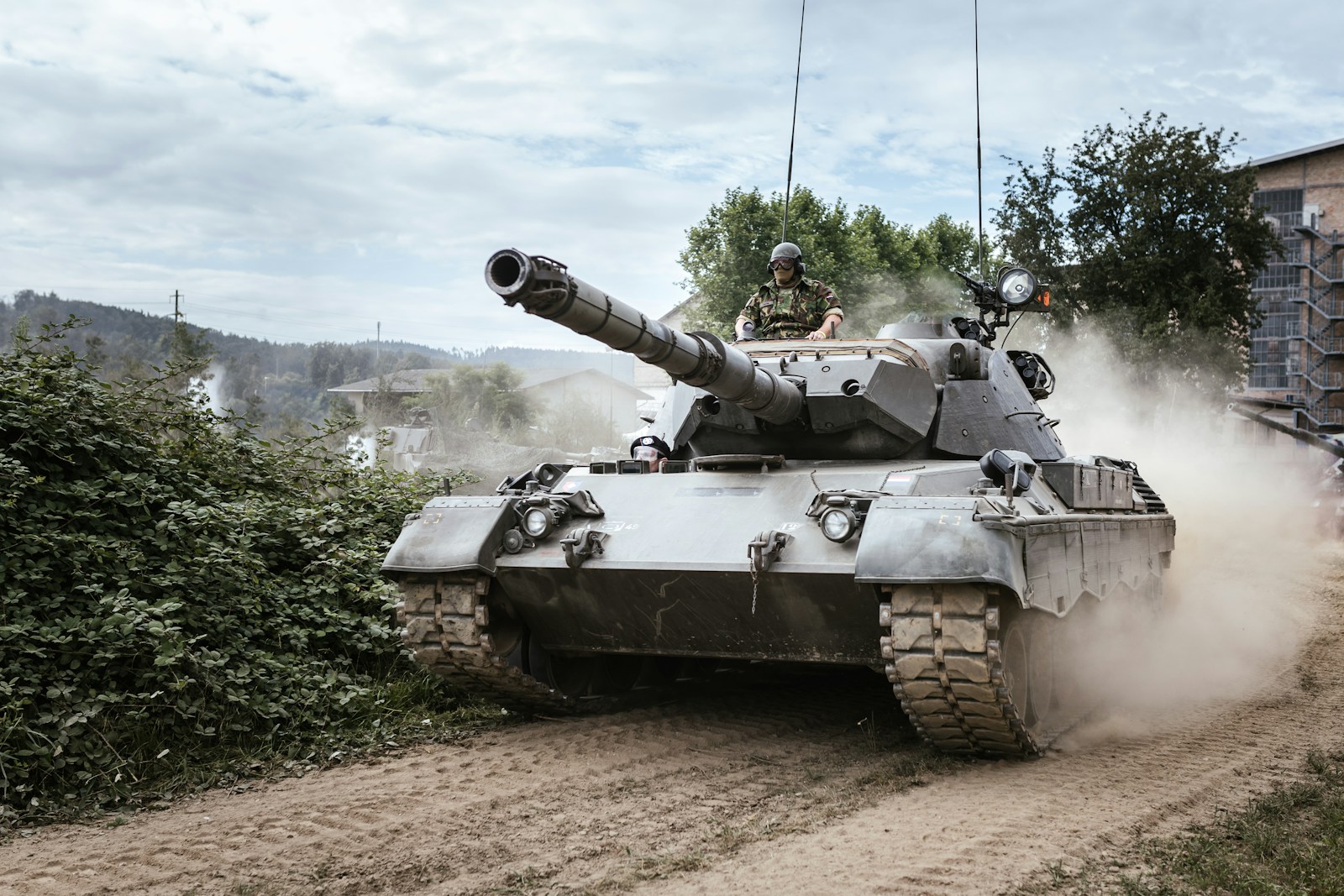Key Takeaways:
– A Russian glide bomb hit a residential building in Ukraine’s Kharkiv, injuring 12.
– The Ukrainian Air Force destroyed a majority of Iranian-made drones deployed by Russia.
– Russia continues to leverage Soviet-era munitions, retrofitted with sophisticated guidance systems.
– Russia now occupies approximately 20% of Ukrainian territory.
– The U.S. estimates over 100,000 Russian soldiers have been killed in the battle with Ukraine.
– President Volodymyr Zelenskyy urges for more Western aid to maintain the fight against Russia.
– The lack of certainty surrounding the U.S.’s ongoing support adds to the escalating tension.
In the Shadows of War
An overnight bombing event punctuated the rising tensions in Kharkiv, Ukraine. A Russian glide bomb collided with an apartment complex, resulting in injuries to a dozen individuals, including a three-year-old child. The city of Kharkiv sits on the periphery of the ongoing conflict between Ukrainian and Russian forces. The city has become a popular target due to its proximity to the active frontlines.
Prevailing Skies and Shifting Grounds
The recent event underscores the persisting volleys of drone and missile strikes across the disputed regions. In counterattacks, the Ukrainian Air Force managed to demolish 78 of the 105 Iranian-made Shahed drones dispatched by Russia. Contrarily, the Russian military reported intercepting 113 Ukrainian drones.
Significant in this prolonged conflict is Russia’s increasing use of glide bombs. These are Soviet-era weapons retrofitted with wings and satellite guidance systems. Cheap to produce but highly destructive, they’ve served a crucial role in the battles. The seething evidence of their effectiveness is the crumbled buildings and urban destruction in areas like Kharkiv.
The Shifting Terrain
Russia’s strategic use of glide bombs has led to territorial gains. They currently command an extensive 20% of Ukrainian territory, especially in the eastern Donbas region. The city of Vuhledar recently fell under Russian control, and Russian forces are now progressively moving towards Pokrovsk, a crucial logistics hub.
The American Footprints
The U.S. officials have estimated a death toll of over 100,000 Russian soldiers since the onset of the invasion. Despite the steep casualty count, the Russian military continues to reinforce its ranks with plans to enlist an additional 130,000 soldiers.
In Contrast to Russia’s robust military action, Ukraine heavily relies on Western armaments and equipment support. Another vital area of contention is the undefined limit of Western assistance. Ukrainian President Volodymyr Zelenskyy has openly called for support to target Russian weapon facilities and storage to counter their advancing forces.
The NATO Influence
In recent developments, Mark Rutte, NATO’s new Secretary-General, visited Kyiv to present a show of solidarity. He emphasized NATO’s commitment to support Ukraine in the ongoing conflict.
Despite the assurances from NATO’s leader, President Zelenskyy remains aware that promises alone cannot secure Ukraine’s victory. This intensifies the urgency for active assistance from NATO countries amidst an increasingly sophisticated war strategy adopted by Putin’s forces.
The Future Looms
The increasingly sophisticated strategies of Russia’s military forces and the changing sands of the global political landscape underline the criticality of swift, decisive actions. The war has raged for three years, and yet, uncertainties continue to prevail, casting long shadows over Ukraine’s future as they stand resilient against Russia’s ongoing invasion.
